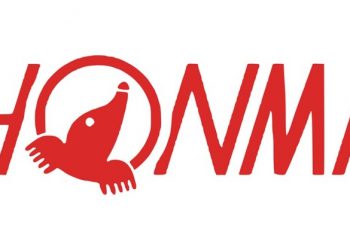Cities tackle a vast array of responsibilities – from building transit networks to running schools – and sometimes they can use a little help. That’s why local governments have long teamed up with businesses in so-called public-private partnerships. Historically, these arrangements have helped cities fund big infrastructure projects such as bridges and hospitals.
However, our analysis and research show an emerging trend with local governments engaged in private-sector collaborations – what we have come to describe as “community-centered, public-private partnerships,” or CP3s. Unlike traditional public-private partnerships, CP3s aren’t just about financial investments; they leverage relationships and trust. And they’re about more than just building infrastructure; they’re about building resilient and inclusive communities.
As the founding executive director of the Partnership for Inclusive Innovation, based out of the Georgia Institute of Technology, I’m fascinated with CP3s. And while not all CP3s are successful, when done right they offer local governments a powerful tool to navigate the complexities of modern urban life.
Together with international climate finance expert Andrea Fernández of the urban climate leadership group C40, we analyzed community-centered, public-private partnerships across the world and put together eight case studies. Together, they offer valuable insights into how cities can harness the power of CP3s.
4 keys to success
Although we looked at partnerships forged in different countries and contexts, we saw several elements emerge as critical to success over and over again.
1. Clear mission and vision: It’s essential to have a mission that resonates with everyone involved. Ruta N in Medellín, Colombia, for example, transformed the city into a hub of innovation, attracting 471 technology companies and creating 22,500 jobs.
This vision wasn’t static. It evolved in response to changing local dynamics, including leadership priorities and broader global trends. However, the core mission of entrepreneurship, investment and innovation remained clear and was embraced by all key stakeholders, driving the partnership forward.
2. Diverse and engaged partners: Successful CP3s rely on the active involvement of a wide range of partners, each bringing their unique expertise and resources to the table. In the U.K., for example, the Hull net-zero climate initiative featured a partnership that included more than 150 companies, many small and medium-size. This diversity of partners was crucial to the initiative’s success because they could leverage resources and share risks, enabling it to address complex challenges from multiple angles.
Similarly, Malaysia’s Think City engaged community-based organizations and vulnerable populations in its Penang climate adaptation program. This ensured that the partnership was inclusive and responsive to the needs of all citizens.
3. Robust governance structure: Effective governance is key to ensuring that CP3s operate smoothly and achieve their objectives. For example, in Melbourne, Australia, the City Professorial Chair in Urban Resilience and Innovation includes representatives from the city and a university. It has a formal communication structure where research informs policy and vice versa. It aims to harness the research to better inform and guide policymaking and in turn advance research by putting it into city practice.
In South Africa, the Gauteng City-Region Observatory bridges academia and government to drive urban development. Its governance structure, which includes a diverse board appointed by the province’s premier, ensures that the partnership remains focused and effective. It means that it goes beyond any one organization’s evolving agendas and leadership for longer-term community gains.
4. Commitment to innovation and growth: While we found that securing funding and in-kind support is important, demonstrating economic impact is crucial for the sustainability of CP3s.
Dublin’s Smart Docklands initiative is a prime example of this. By leveraging technology to address community needs, the partnership attracted over 3 million euros (US$3.1 million) in investments and quadrupled the project’s funding.
The initiative not only boosted Dublin’s connectivity and tech infrastructure but also addressed public safety through solutions such as smart ring buoys. The buoys are life preservers with sensors to alert the city when its buoys are tampered with or stolen.
The case studies show that CP3s can be a globally applicable model for urban development, not merely a passing trend. By fostering collective action, sharing risks and leveraging multiple sources of funding, CP3s can be a powerful tool for cities navigating the challenges and opportunities of the 21st century.
This article was updated on Dec. 17, 2024, to correct an erroneous currency conversion.
![]()
Debra Lam does not work for, consult, own shares in or receive funding from any company or organization that would benefit from this article, and has disclosed no relevant affiliations beyond their academic appointment.













